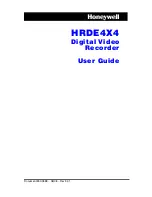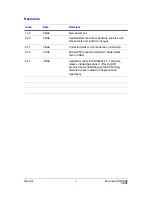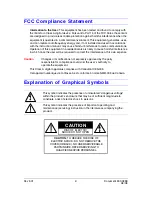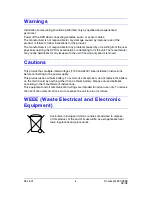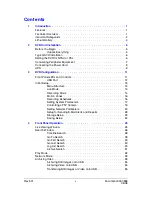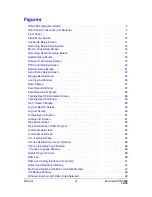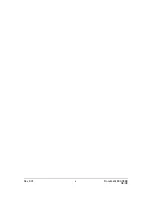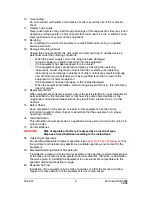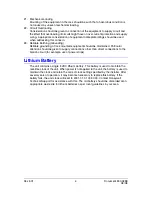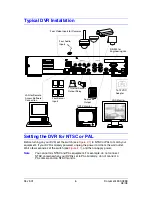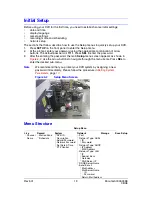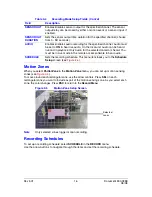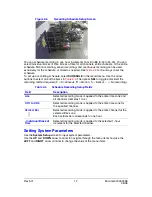
Rev 3.01
3
Document 900.0399
08/08
10. Overloading
Do not overload wall outlets and extension cords to avoid the risk of fire or electric
shock.
11. Objects and Liquids
Never push objects of any kind through openings of this equipment as they may touch
dangerous voltage points or short out parts that could result in a fire or electric shock.
Never spill liquid of any kind on the equipment.
12. Servicing
Do not attempt to service this equipment yourself. Refer all servicing to qualified
service personnel.
13. Damage Requiring Service
Unplug this equipment from the wall outlet and refer servicing to qualified service
personnel under the following conditions:
•
When the power-supply cord or the plug has been damaged
•
If liquid is spilled or objects have fallen into the equipment
•
If the equipment has been exposed to rain or water
•
If the equipment does not operate normally by following the operating
instructions, adjust only those controls that are covered by the operating
instructions as an improper adjustment of other controls may result in damage
and will often require extensive work by a qualified technician to restore the
equipment to its normal operation.
•
If the equipment has been dropped or the cabinet damaged
•
When the equipment exhibits a distinct change in performance—this indicates a
need for service.
14. Replacement Parts
When replacement parts are required, ensure the service technician uses replacement
parts specified by the manufacturer or that have the same characteristics as the
original part. Unauthorized substitutions may result in fire, electric shock, or other
hazards.
15. Safety Check
Upon completion of any service or repairs to this equipment, ask the service
technician to perform safety checks to determine that the equipment is in proper
operating condition.
16. Field Installation
This installation should be made by a qualified service person and should conform to
all local codes.
17. Correct Batteries
WARNING!
Risk of explosion if battery is replaced by an incorrect type.
Dispose of used batteries according to the instructions.
18. Operating Temperature
An operating temperature range is specified (see
Appendix E, Specifications
) so that
the customer and installer may determine a suitable operating environment for the
equipment.
19. Elevated Operating Ambient Temperature
If installed in a closed or multi-unit rack assembly, the operating ambient temperature
of the rack environment may be greater than room ambient. Therefore, consideration
should be given to installing the equipment in an environment compatible with the
specified operating temperature range.
20. Reduced Air Flow
Installation of the equipment in the rack should be such that the amount of airflow
required for safe operation of the equipment is not compromised.

